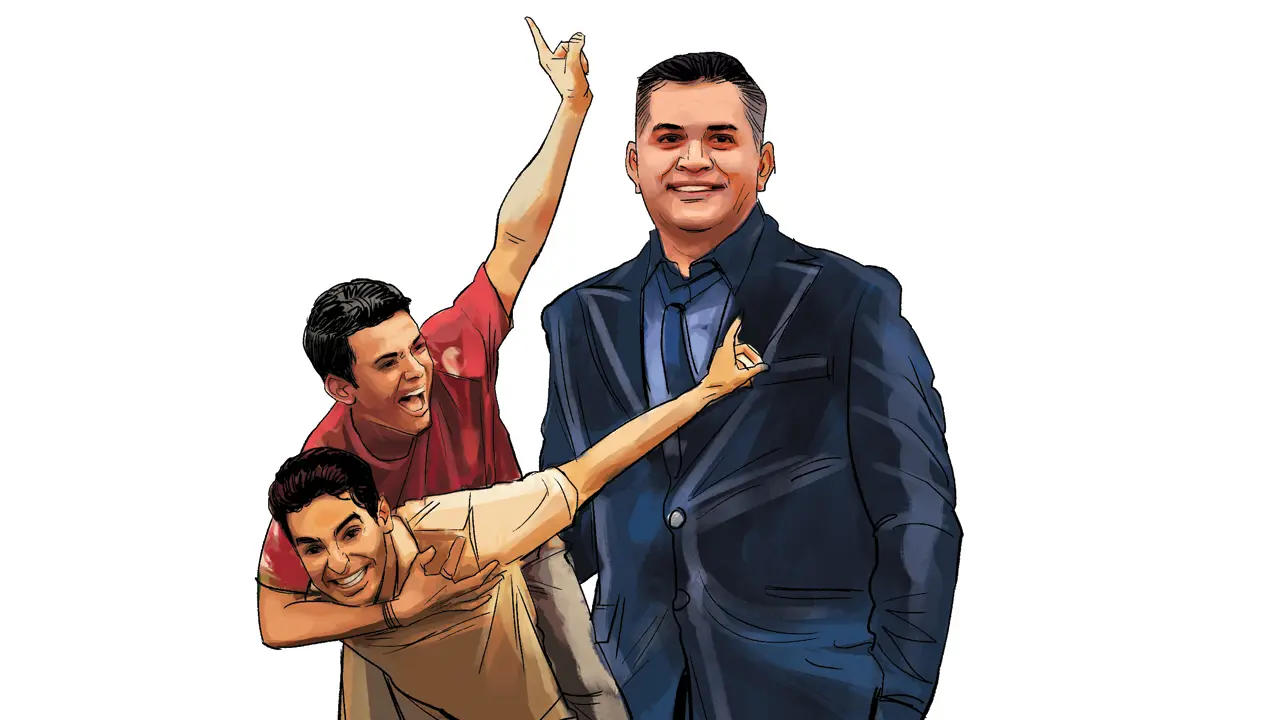[ad_1]
Some individuals who self-identify as neither right- nor left-wing indeed exhibit a morally dubious ‘centrism’. To appear objective and nonpartisan, they indulge in an all-sides-pleasing tightrope. Consequently, they make forced and false moral equivalences, give equal weight to illiberal, anti-democratic, and anti-constitutional voices and liberal-democratic and constitutional ones, and display amoral neutrality in situations demanding clear moral-political judgment. Such moral flimsiness cedes ground to illiberal, exclusionary, anti-constitutional ideological-political forces.
A second type of ‘centrism’ is more sinister, using the name of liberal moderation but readily sacrificing values of democracy, equality, pluralism, justice, truth, and liberty. This colludes with illiberal, inequality-promoting, exclusionary, authoritarian, and anti-constitutional forces.
However, some leftists on social media pejoratively use the term ‘centrist’ to criticise a third type of politics: one embodied by individuals who grasp the need to avoid extremes to build coalitions, which they recognise are essential to defeat their primary ideological adversary and realise their constitutionally-driven ideological vision. A firm commitment to constitutional morality and political realism leads such individuals to reject ideological purism and sectarianism. Their deliberate renunciation of purity and absolute truth is an adoption of a prudent, sensible path to realise their constitutionally guided ideological vision, to which they remain committed.
A commitment to politico-moral ideals makes these ‘centrists’ reject purism. They know that while idealism is often crucial to inspire all progress, utopian purism has reduced an ideological and political group to a radical but politically irrelevant sect. And that self-defeating sectarianism thwarts the alliance-building necessary to defeat the gravest threats to one’s ideological-moral visions.
Moral purity is relatively easy when not seeking power. Choosing not to seek political power is often viewed as a moral virtue, indicating disinterest in corrupting power. However, political realism demands recognising that political power is vital for moral positions to have efficacy. Nothing made this more evident than the helplessness of liberals and the left over the last decade. Their moral outcries against the Citizenship (Amendment) Act, the building of a Ram temple atop a destroyed mosque, the vilification of Muslims, and other aspects of the unfolding Hindutva revolution, had little effect without power backing them. Power is crucial to enforce moral visions. And, gaining power requires identifying allies, building coalitions, making limited compromises, and rejecting ideological purism.
In the past decade, some leftist individuals criticised the Congress as centrist. Some aspects of the party’s history legitimatise this criticism. But the Congress has also successfully represented — as Yogendra Yadav once said — a ‘centrist coalition of social groups, classes, and regions’, which ‘accommodates conflicting visions of India without giving into any extreme’, and ‘stands for a non-majoritarian way of creating electoral majority’. If the Congress’s intermittent adoption of a problematic ‘centrism’ enabled anti-constitutional forces, as some argue, its championing of another, principled centrism paradoxically kept supremacist Hindutva nationalism at bay until the 1980s. The success was demonstrated by Hindu Mahasabha leaders admitting that ‘the entire Hindu population is with Gandhiji and his movement’. The Jana Sangh and the BJP’s national vote share of roughly 3%-11% till 1989 similarly highlight the ‘centrist’ Congress’s success at keeping Hindutva ethno-nationalism at bay. The Congress’s 19.3% national vote share, even at its lowest nadir in 2014, means it remains the primary political force capable of challenging Hindutva supremacism nationally. Meanwhile, even when the CPI was more politically influential, during 1951-89, its vote share hovered between 2.5% and 9.94%. Since 1999, the CPI has steadily declined, ending with 0.49% of the national vote and two Lok Sabha seats in 2024.
The Hindutva ideological project has been actualised via state power. While people’s power is highly significant in a democracy, state power is indispensable to ensuring that the polity remains a humane constitutional democracy and does not turn to inhumane unconstitutional authoritarianism.
Given the electoral irrelevance and political inefficacy of the left, I imagine that to halt the Hindutva juggernaut, many left-leaning Indians were compelled to rely on, in the 2024 elections, the same ‘centrist’ force they frequently castigated. This awkward reliance begs serious questions: will such individuals re-evaluate their ideological purism and their uncharitable judgments of others who are less purist? Might renouncing such self-defeating purism open a path to a less sectarian, and more ally-friendly, nuanced, innovative, and politically effective left-wing progressivism in India?
Vanya Vaidehi Bhargav is an intellectual historian of modern India, and the author of the recently published book, Being Hindu, Being Indian: Lala Lajpat Rai’s Ideas of Nationhood
[ad_2]
Source link





